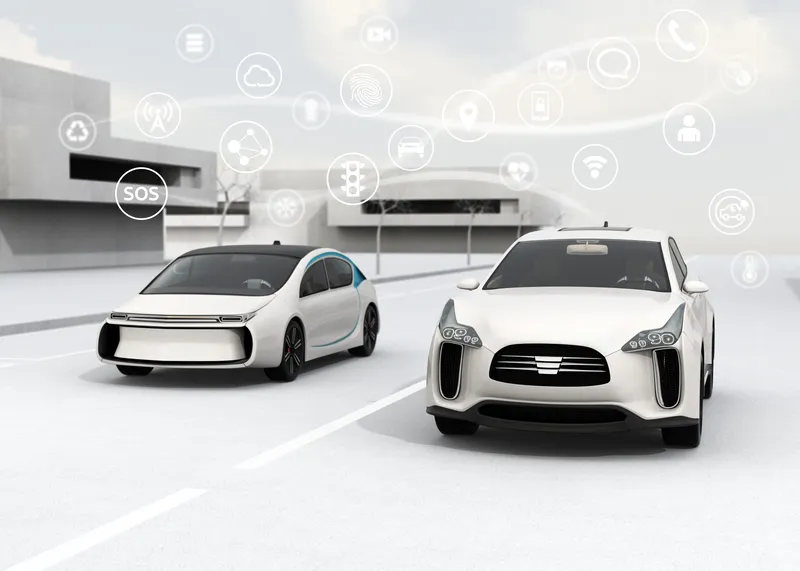
Qualcomm Technologies says its next-generation Snapdragon automotive 5G platform provides 50% more processing power than the previous incarnation.
Commercially available in late 2023, Snapdragon Auto 5G Modem-RF Gen 2 System also offers 40% power efficiency gains and ultra-low latency for safety applications, it says.
The latest addition to Qualcomm's connected car technology portfolio offers "increased support for vehicle safety for mission critical and emergency services that require connectivity to the network such as next generation eCall and support for satellite communications to ensure ubiquitous connectivity and communications in remote and rural areas".
Connectivity continues to play a pivotal role in the automotive industry’s digital transformation as it lays the foundation for next generation, software-defined vehicles, Qualcomm says.
The new product delivers integrated cellular Vehicle to Everything (C-V2X) technology to support direct communications to enhance short-range safety and mobility service, as well as data routing within the vehicle at up to 1GB per second.
The Snapdragon Telematics Application Framework (TelAF) "brings all necessary components to reduce complexity when developing connected services with 5G, location and security, and enhanced safety".
Qualcomm says Snapdragon Car-to-Cloud services provide comprehensive cloud and device components that help the automotive ecosystem enable, manage and deploy new connected services developed on TelAF.
Car-to-Cloud also provides secure data connection between cloud and device with cloud-based APIs to develop consumer and fleet solutions on the system, the company adds.
“As the culmination of our more than 20-year history connecting cars with our telematics or auto connectivity platform, the Snapdragon Auto 5G Modem-RF Gen 2 further harnesses the power of 5G for vehicles to assist automakers in democratising access to smart, connected vehicle experiences,” suggests Nakul Duggal, senior vice president and GM, automotive, Qualcomm.
“5G will continue to unlock the future of automotive and transportation, and we’re proud to accelerate the pace of wireless innovation in these industries.”
Snapdragon Auto 5G Modem-RF Gen 2 improves location accuracy to support emergency services, navigation, safety alerts and autonomous driving features, Qualcomm says, as well as allowing "accurate positioning in the most challenging environments to enable use cases such as HD maps, automated valet parking and more".










